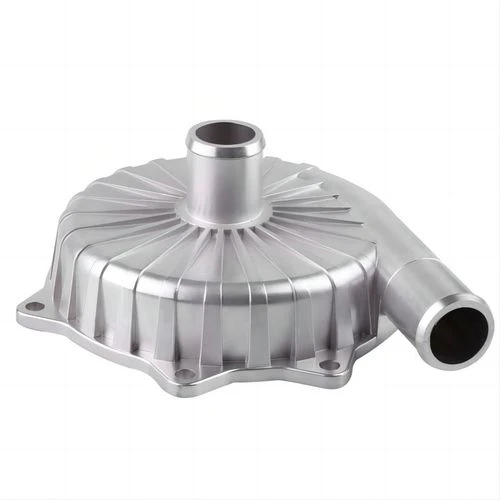low pressure aluminum casting
Low Pressure Aluminum Casting An Overview
Low pressure aluminum casting is a highly efficient and widely utilized manufacturing process that allows for the production of complex aluminum components with excellent surface finishes and dimensional accuracy. This casting technique has gained significant popularity across various industries, including automotive, aerospace, and consumer goods, due to its ability to produce high-quality parts with reduced defects and increased production rates.
The Process of Low Pressure Aluminum Casting
The low pressure aluminum casting process involves several key steps, beginning with the creation of a mold. Traditionally, molds are made from sand or metal, but for low pressure casting, permanent molds are often used. These molds are typically made of high-quality steel or iron, which can withstand the pressure and temperature of molten aluminum.
Once the mold is prepared, aluminum alloy is melted in a furnace and then transported to the casting machine. The uniqueness of low pressure casting lies in the way the molten aluminum is introduced into the mold. Instead of being poured from above, as in traditional methods, the molten aluminum is drawn into the mold from below through a controlled pressure system. This method involves maintaining a low atmospheric pressure above the molten metal, allowing it to flow gently into the mold cavity.
The use of low pressure, which is generally around 0.1 to 0.4 bar, has several advantages. First, it minimizes turbulence during the filling process, which reduces the likelihood of trapping air and other contaminants in the molten metal. This controlled flow helps to achieve a more uniform filling pattern and enhances the quality of the final casting. Furthermore, the low pressure environment allows for the production of thinner walls and intricate shapes that would be challenging to achieve with high pressure or gravity casting methods.
Advantages of Low Pressure Aluminum Casting
One of the most significant benefits of low pressure aluminum casting is the improved mechanical properties of the castings. The slow and steady flow of molten metal results in finer grain structures, which enhances the strength and durability of the finished product. Additionally, the process allows for a high degree of design flexibility, enabling manufacturers to create lightweight components that meet specific performance criteria.
low pressure aluminum casting

Another advantage is the reduced risk of defects such as porosity and inclusions. The controlled filling process minimizes turbulence and the possibility of air entrapment, leading to castings that are less prone to these common casting flaws. Furthermore, the use of permanent molds in low pressure casting can result in lower production costs over time, as these molds can endure numerous cycles, providing durability and consistency in casting quality.
Moreover, low pressure aluminum casting is known for its energy efficiency. The process requires less energy compared to other casting techniques because it utilizes lower temperatures and shorter cooling times. This aspect not only reduces production costs but also enhances the overall sustainability of the casting process.
Applications of Low Pressure Aluminum Casting
Low pressure aluminum casting finds a multitude of applications across various industries. In the automotive sector, it is used to manufacture engine blocks, transmission cases, and various structural components, all of which require high strength-to-weight ratios and excellent dimensional accuracy. The aerospace industry also benefits from this casting technique, producing parts like brackets, housings, and structural components that are lightweight yet robust.
Consumer goods manufacturers utilize low pressure casting to create aesthetically pleasing products that demand high precision, such as electronics casings, decorative elements, and more. The versatility of low pressure aluminum casting allows for an array of design options, making it a popular choice for both functional and decorative applications.
Conclusion
In conclusion, low pressure aluminum casting is a highly effective manufacturing process that provides significant advantages in terms of quality, efficiency, and versatility. Its ability to produce complex geometries with excellent mechanical properties makes it an invaluable technique in various industries. As technology continues to advance and demand for lightweight components grows, low pressure aluminum casting is poised to play an increasingly important role in modern manufacturing. With its commitment to quality and efficiency, this method is set to shape the future of aluminum casting for years to come.
-
Precision Casting Prototypes and Engineering Inc – Innovating Global Manufacturing SolutionsNewsNov.24,2025
-
Precision Casting Facility: Advanced Manufacturing for Global Industries | Hairun SourcingNewsNov.23,2025
-
Leading Precision Casting Corporation: Quality Metal Components for Global IndustryNewsNov.23,2025
-
Precision Cast Rods: Definition, Applications & Future Trends in ManufacturingNewsNov.22,2025
-
Precision Cast Iron Surface Plate: The Backbone of Industrial Accuracy and QualityNewsNov.21,2025
-
Precision Aluminum Investment Casting: High-Accuracy Manufacturing for Modern IndustriesNewsNov.20,2025















